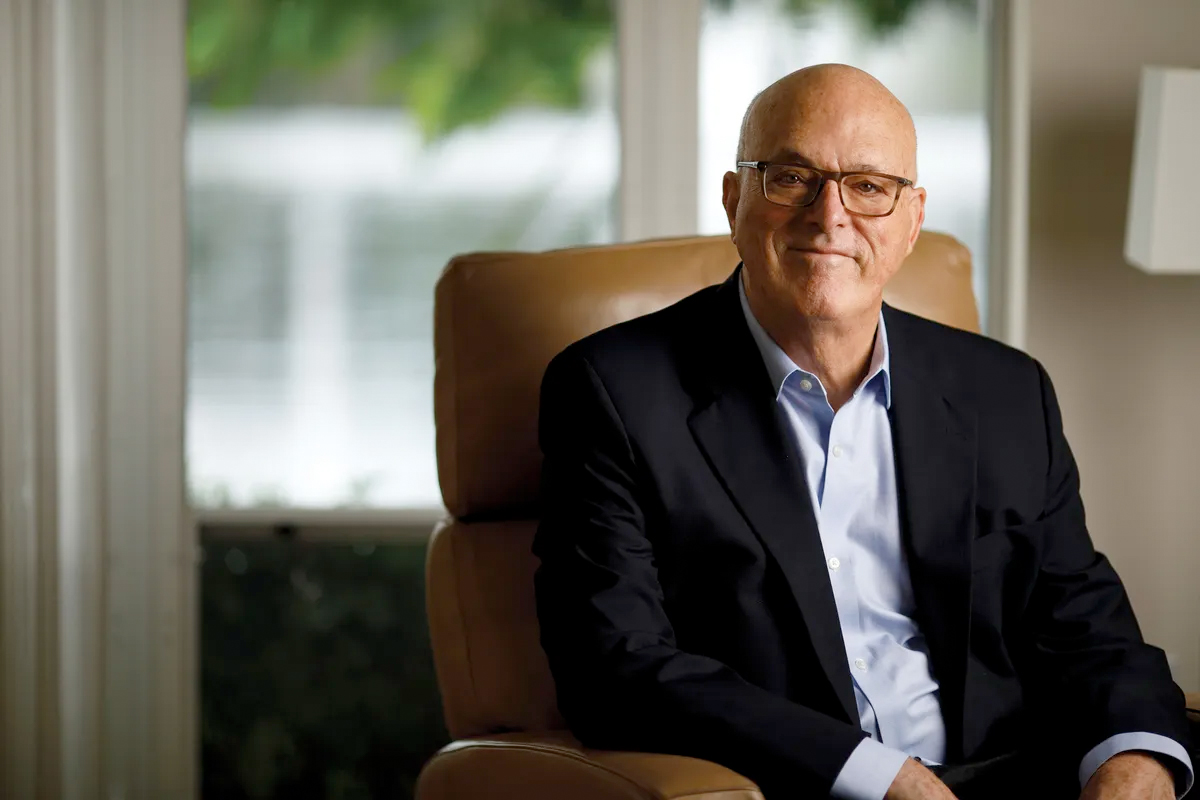Family offices in Canada and elsewhere have increasingly embraced alternative investments to realize returns, diversification and stability that volatile public markets may not offer. But for those investors who have yet to take the plunge into alts, Richard M. Ennis, a veteran of institutional investment analysis, has some straightforward advice: Don’t. Investing in alts, he says, incurs extraordinary costs for very ordinary returns.
A recent paper by Ennis—a Florida-based pioneer in institutional investment consulting and recipient of lifetime achievement awards from the CFA Institute and the Investment Management Consultants Association—has been generating plenty of buzz in investing circles, and not just because of its provocative title. In “The Demise of Alternative Investments,” to be published in a special issue of the Journal of Portfolio Management, he asserts that management fees for alts are too high, that most alts underperform, and that they have had a negative impact on the performance of institutional investor portfolios since the 2008-2009 Great Financial Crisis.
Some alts enthusiasts, Ennis maintains, are sticking to the alternative investment narrative that preceded that crisis. From 1994 to 2008—something of a golden age for alts—large endowments were generating above-market returns. But the “bottom fell out of alts during the GFC,” he writes. “It has been downhill for alts-heavy institutions ever since.”
Big claims, meh returns?
In an interview with Canadian Family Offices, Ennis said he agreed to contribute to JPM’s forthcoming special issue on the future of asset management to throw some cold water on what he sees as overheated claims attributed to the alternative investment market. Much of the paper’s research is focused on institutional investors who provide public data on their portfolios—but that doesn’t limit his critique to the institutional sphere.
“I don’t believe individual investors are advantaged in any way when it comes to alternative investments,” Ennis says.
Ennis argues that alts cost too much to be a fixture of institutional investing, noting that a diverse portfolio of alts costs at least three to four per cent of asset value.
According to the paper, the cost of principal institutional investment rises “from passive management at ~0.05% annually, to traditional assets at ~0.5%, to private assets at ~5%. So, the cost of private assets is ~100 times that of indexing.”
Ennis also says that the “Big Three” alternative investments—private real estate equity, hedge funds and private equity—are underperforming.
In private real estate equity, for example, the Cambridge Associates Real Estate Index earned seven per cent per year for the 25 years ending June 2024. Over the same period, the FTSE NAREIT Index earned 9.5 per cent, significantly outperforming its alt cousin.
Hedge funds, Ennis says, have also been stingy with institutional investors since the financial crisis. For the 15 years ended June 30, 2023, the HFR Fund-Weighted Composite Index demonstrated annualized returns of four per cent, compared to 4.5 per cent returns for a blend of public market indexes with matching market exposures and risk.
The results are somewhat less conclusive for private equity, where Ennis focuses on the largest segment: buyouts. He reckons they’ve generated greater realized returns of 20 per cent against the S&P 500, but they haven’t matched public equity in risk-adjusted performance or available liquidity.
In his paper, Ennis further evaluated the impact of investing in alts on institutional portfolio performance, using publicly available data on rates of return for 50 large U.S. public pension funds for the 16 fiscal years ended June 30, 2024. He concludes that for every one percentage point increase in allocation to alts, these funds experienced a 7.1 basis point decline in excess returns.
Further, Ennis asserts that agency problems and weak governance in the management and supervision of alternative assets exacerbate the problem, where fund CIOs and consultants/advisors are financially incentivized to manage “complex, expensive investment programs rather than simple ones.”
‘Nature will take care of this’
So, if institutional investors are riding an alternative investment train to underwhelming—and publicly disclosed—returns, why aren’t portfolio managers being called out for it?
“Most trustees are not investment experts and are reluctant to challenge their CIO and/or financial advisors,” Ennis says. “For some [CIOS and consultants], it is a misguided sense of loyalty to the cause. For others, it is vanity—hubris.”
Ennis also dampens the enthusiasm of those who pursue alternatives in the name of diversification and lower correlation to public investments.
“‘Lower correlation’ has been shown to be BS over and over again,” he says. “Return smoothing is not diversification. Alts are bad for taxable investors.”
According to BlackRock’s 2025 Global Family Office Report, alternative assets make up 42 per cent of family office portfolios—up from 39 per cent in the previous survey. But they may be taking notice of the higher costs involved in making those allocations. “Nearly three-quarters (72%) of family offices cited high fees as a significant challenge to investing in private markets, up from just 40% in our prior survey,” the BlackRock report noted. “For many families, it is an issue not with the compensation model per se, but with value for money.”
Ennis allows that some family offices might be able to do a better job of managing alts than their institutional counterparts can. “Prominent among them would be offices with one or two family members with exceptional talent as investors,” he says.
Over the next 10 to 20 years, Ennis says, alt investing will succumb to the gravity of lower demonstrated returns, as institutional investors return to low-cost portfolios of stocks and bonds. Alternative private assets will also begin to drift into the public sphere. “Those assets will enter the financial system as assets of other companies or public companies in their own right,” he adds. “Nature will take care of this.”
Ennis says his goal is to encourage more scrutiny of alternative investments and the net results of investing in them on overall portfolio performance. His best hope for the paper? “That professionals who want to know the truth about alternative investments,” he says, “will have a better understanding of the essential facts.”
The Canadian Family Offices newsletter comes out on Sundays and Wednesdays. If you are interested in stories about Canadian enterprising families, family offices and the professionals who work with them, but like your content aggregated, you can sign up for our free newsletter here.
Please visit here to see information about our standards of journalistic excellence.




